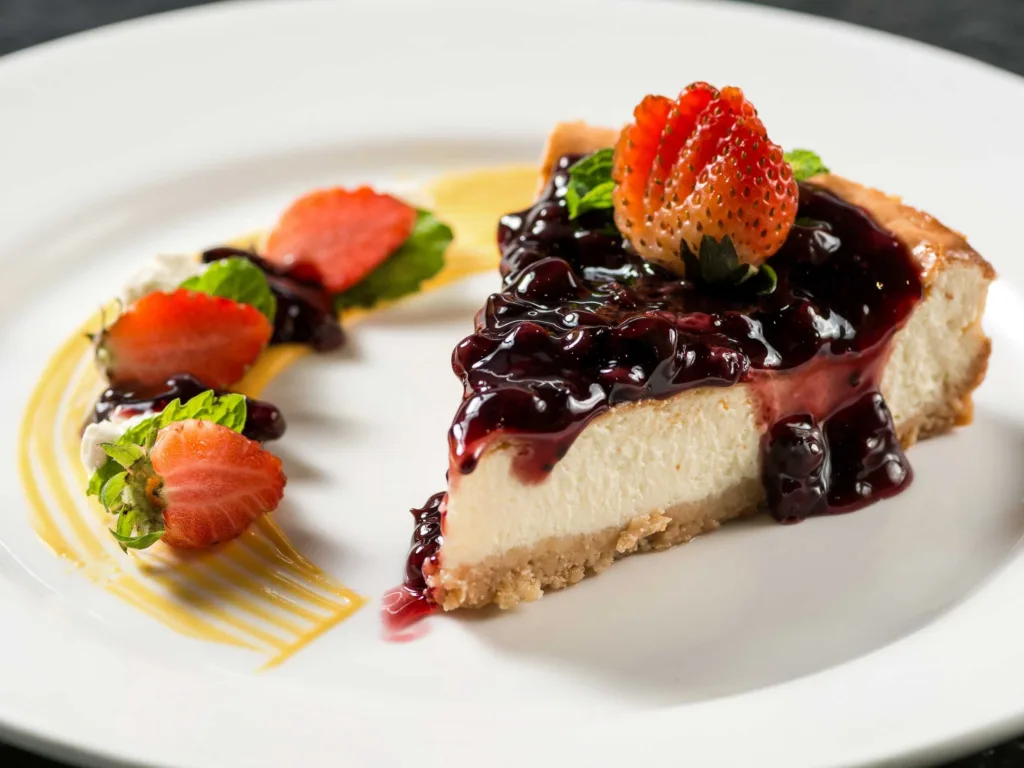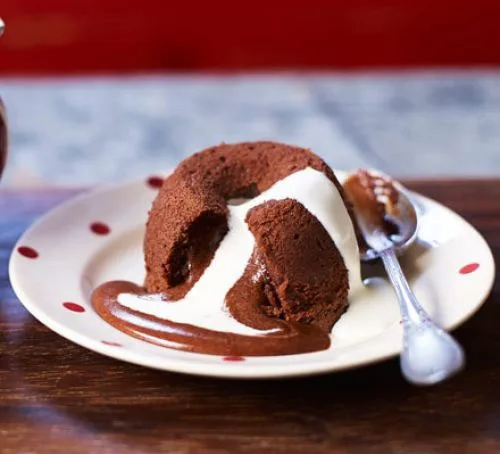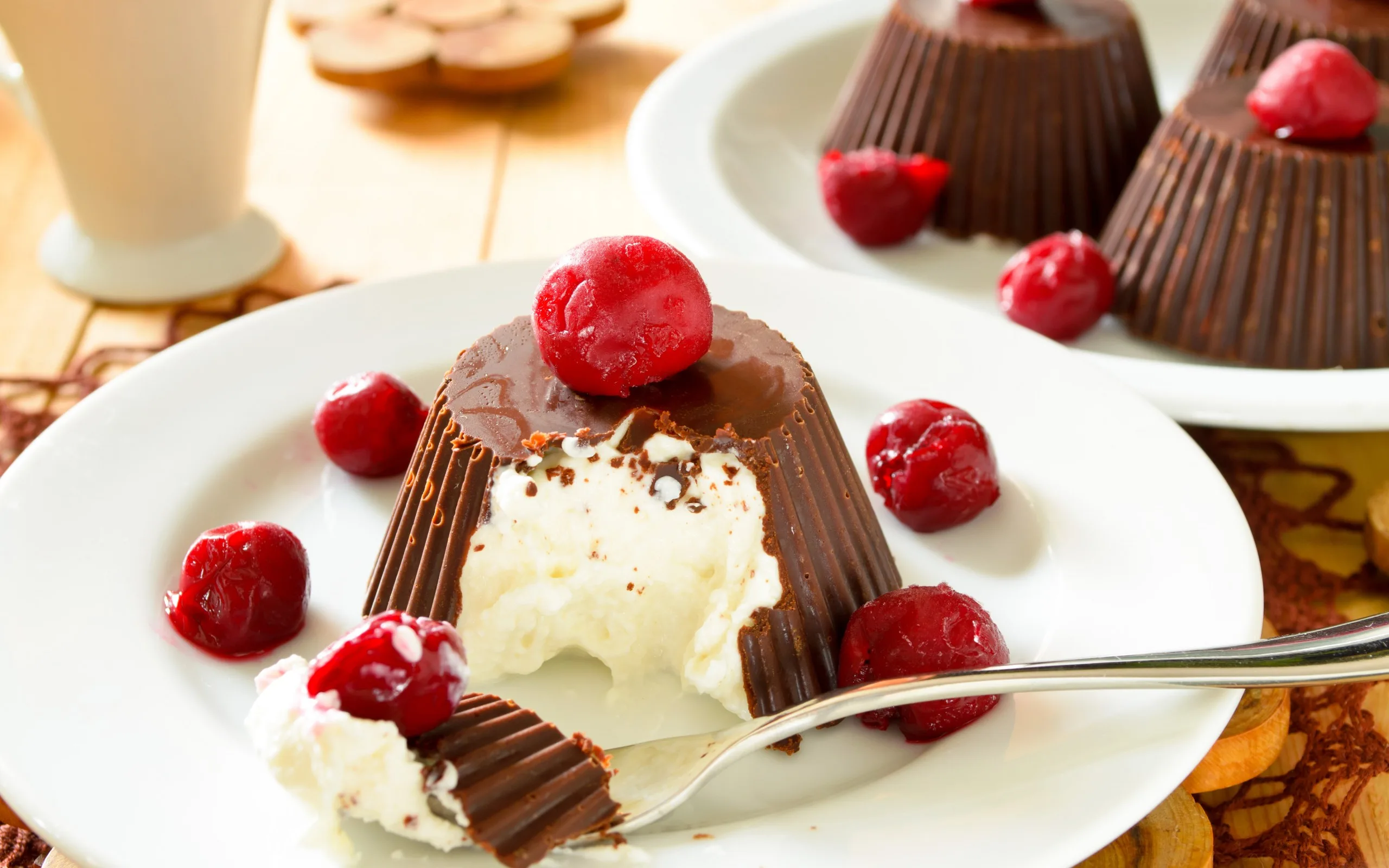Indulging in delicious desserts is one of life’s greatest pleasures, but can also feel at odds with weight loss goals. However, with the right strategies, you can absolutely satisfy your sweet tooth cravings and still see success on the scale. This post will dive deep into the alluring nature of sweets, the psychological and biological drivers of sugar cravings, common triggers to be aware of, and sustainable techniques to healthfully enjoy desserts as part of a balanced diet and lifestyle. Read on to uncover practical tips, swaps, recipes, and mindfulness practices that will transform your relationship with sweets while empowering your weight loss journey.

The Allure of Desserts and Weight Loss Goals
Let’s face it, desserts can seem irresistible. The sugary taste, rich textures, mouthwatering aromas, and blissful satisfaction of taking that first heavenly bite captivate our senses and spark joy and comfort. Baked goods like cookies, cakes, and pies remind us of home, holidays, and celebrations. Ice cream on a hot summer day, hot chocolate during the winter, and candy year-round bring back nostalgic childhood delight.
While sweets may call our name, many desire to manage their weight and promote better health through nutrition and fitness. Navigating weight loss while confronting temptations like donuts in the office, cookie swaps with friends, and late-night trips for milkshakes can prove challenging. However, with a strategic mindset, nutritious alternatives, and a dose of moderation, you can absolutely achieve both aims of enjoying desserts while successfully reaching your goals on the scale.
The Challenge of Balancing Sweet Cravings and Weight Management
Finding equilibrium between indulging cravings and promoting weight loss requires self-awareness, intention, and practical techniques. Simply restricting all sweets inevitably backfires, leading to intense feelings of deprivation followed by out-of-control binge episodes that sabotage progress. The pendulum swings of overindulgence when willpower runs out and restrictive dieting are not sustainable.
The key is balancing the consumption of lighter, nutrient-dense desserts within your daily calorie budget. This sustainable, flexible approach prevents the extremes of deprivation and overdoing it. You can carefully incorporate sweet treats in moderate portions without derailing your goals. With the right mindset and strategies, you can absolutely have your cake and eat it too – just not the whole cake in one sitting!

Understanding the Sweet Cravings: The Psychology and Science of Sugar
In order to balance treat consumption with weight loss, it helps to understand what’s driving those intense sugar cravings in the first place, both psychologically and biologically.
The Psychology of Sugar Cravings
Beyond merely tasting good, sugar powerfully affects mood, memory, and emotion. Sweet foods provoke a pleasurable neurological response, releasing dopamine, endorphins, and serotonin that lift our spirits and provide comfort. Here are some of the emotional drivers of sugar cravings:
- Stress Eating – Craving indulgent comfort foods during moments of anxiety, sadness, or emotional turmoil. The nostalgic, transitional taste provides temporary escape and emotional regulation.
- Reward Seeking – Celebrating personal milestones, achievements, or holidays with cake, ice cream, or sweet treats. The sugary splurge becomes satisfyingly tied to positive events and emotions.
- Boredom Snacking – Mindlessly grabbing cookies, candy, or other sweets throughout the day, simply for something sweet to taste to alleviate boredom.
The Science of Sugar Addiction
In addition to emotional drivers, regular consumption of sugar can reinforce addictive neurological cravings through chemical dependency pathways in the brain, making sweets increasingly difficult to eliminate.
- Sugar prompts the release of feel-good opioids and dopamine. This triggers the brain’s reward and pleasure centers, which can override the metabolic satisfaction of actual nutrition.
- Over time and repeated sugar intake, more and more is required to achieve the same euphoric neurological response. This diminishing return heightens addictive cravings for that elusive sugar “high.”
- The spike and crash of insulin and blood sugar from rapid sugar absorption leads to crashes in energy and mood, further fueling the vicious cycle of addictive hunger.
Identifying Your Personal Triggers for Sweet Cravings
In tune with your individual habits and emotional tendencies, pinpoint the specific triggers that seem to intensify your own sugar cravings so you can use strategies to counteract them. Common catalysts include:
- Stress or Emotional Eating – Turning to sweets to cope with negative emotions or relief from stress
- Hormonal Changes – Menstrual cycles, menopause, or pregnancy intensifying cravings
- Exposure to Treats – Seeing freshly baked cookies or pastries, food ads, and other sensory cues
- Feeling Deprived – Rigid dieting and restrictive eating igniting rebound binges and overindulging
- Celebrations – Birthdays, holidays, parties, and special events centered around sugary foods

Crafting Intentional Dessert Strategies for Balanced Weight Loss
Now that you know what you’re up against, we can craft proactive strategies to enjoy treats while staying on track with your health goals. Discover techniques to make desserts healthier, control portions, prevent sugar spikes, and plan sweets into your regimen.
Healthy Swaps and Alternative Ingredients
You can still enjoy the sweet flavors your crave by replacing refined sugars and heavy creams with more nutrient-dense whole food options:
- Substitute refined white sugar with lower glycemic natural sweeteners like raw honey, pure maple syrup, dates, or stevia. These provide antioxidants, minerals, fiber, and nutrients.
- Incorporate bananas, avocado, applesauce, pumpkin, and other fruits or vegetables as the base for sweets. They add moisture and sweetness to recipes naturally.
- Choose high percentage dark chocolate (70% cacao or more) for antioxidant and prebiotic benefits. The complex, bitter notes also help prevent sugar overload.
- Use plain Greek yogurt or avocado in place of heavy creams and butter for healthy fats and creaminess.
Mindfulness: The Art of Portion Control
Be mindful of reasonable serving sizes to keep calories, carbs, and fat in check:
- Intentionally plate or dish out one modest serving of a treat, then pause and check in with yourself before reaching for more. Slow down and savor each bite.
- Use smaller dessert plates or bowls so portions appear indulgent rather than skimpy. You can always go back for a little more if still hungry.
- Share a dessert with others and enjoy a few forkfuls. Split a piece of cake or divide a cookie. You’ll be surprised how satisfying a couple of bites can be.
Meal Planning Strategies
Strategically coordinate sweet treats with balanced meals and physical activity to prevent intense blood sugar and insulin spikes:
- Pair sweets with meals containing fiber, protein, and healthy fats. The macros help slow sugar absorption. Time treat intake earlier to allow activity to stabilize blood sugar.
- Plan indulgent baked goods around active days when you can burn extra calories. Avoid late-night sugary snacks that get directly stored as fat.
Healthy and Delicious Dessert Recipe Ideas
Bring these concepts to life and satisfy cravings with nutritious dessert recipes you can integrate into a healthy lifestyle.
Lighter Fruit or Yogurt-Based Desserts
Choose fresh, whole food creations with natural sweetness under 300 calories:
- Greek yogurt layered with mixed berries, chia seeds, and a touch of maple syrup
- Fresh fruit salad topped with lime, mint, cinnamon, and chopped pistachios
- Baked apples with oatmeal crumble topping and cinnamon
- Chocolate avocado mousse made from just ripe avocado, cacao powder, and maple syrup
Balanced Baked Goods Recipes
Whip up these delicious yet better-for-you baked treats:
Two-Ingredient Banana Oat Cookies
Mash 1 ripe banana and combine with 1 cup oats. Scoop spoonfuls onto a baking sheet and bake at 350F for 15 minutes.
Chickpea Blondies
Puree 1 can chickpeas with 6 dates, melted coconut oil, vanilla, baking powder, and chocolate chips. Bake 25 minutes.
Protein-Packed Lemon Bars
Blend soaked cashews with lemon juice and zest, eggs, vanilla, and coconut flour. Bake and top with Greek yogurt frosting.
Mindful Baking Tips
- Replace 1/4 of the white flour with oat flour, coconut flour, or protein powder.
- Use 1/2 the butter or oil and supplement with unsweetened applesauce or mashed banana.
- Reduce sugar gradually by 1/4 cup at a time. Add extracts for flavor.

Healthy Eating Tips for Social Gatherings
Don’t avoid celebrations and social events with tempting dessert spreads. With the right intentions, you can navigate parties without overdoing sugar.
- Eat a balanced meal beforehand so you don’t arrive hungry and ravenous.
- Survey the dessert table first before diving in so you can choose mindfully.
- Start with healthier options like fruit if available and have a small slice of your true favorite.
- Savor and socialize before having another plate. Check in on fullness.
- Bring your own lower sugar dessert or baked good to share the love!
Conclusion
By understanding the psychological and biological drivers of sugar cravings, strategically swapping ingredients, controlling portions, balancing meals, and being social with intention, you absolutely can fulfill dessert cravings and continue losing weight with a flexible, sustainable approach.
The key principles are honoring true hunger, preventing deprivation, practicing moderation, and integrating sweets into the context of an overall healthy diet and lifestyle. Be patient with yourself in the process. Progress happens incrementally over time. With mindful, balanced indulging, you can succeed in reaching your goals and also enjoy both optimal health and sweet treats!
For more healthy tips and recipes, subscribe to our free newsletter. Also explore related articles on mindful eating, nutrition, fitness, and achieving your dream body. Here’s to satisfying your sweet tooth and your health aims. You’ve got this!
Thank you for reading this post, don't forget to subscribe to our free newsletter
!
